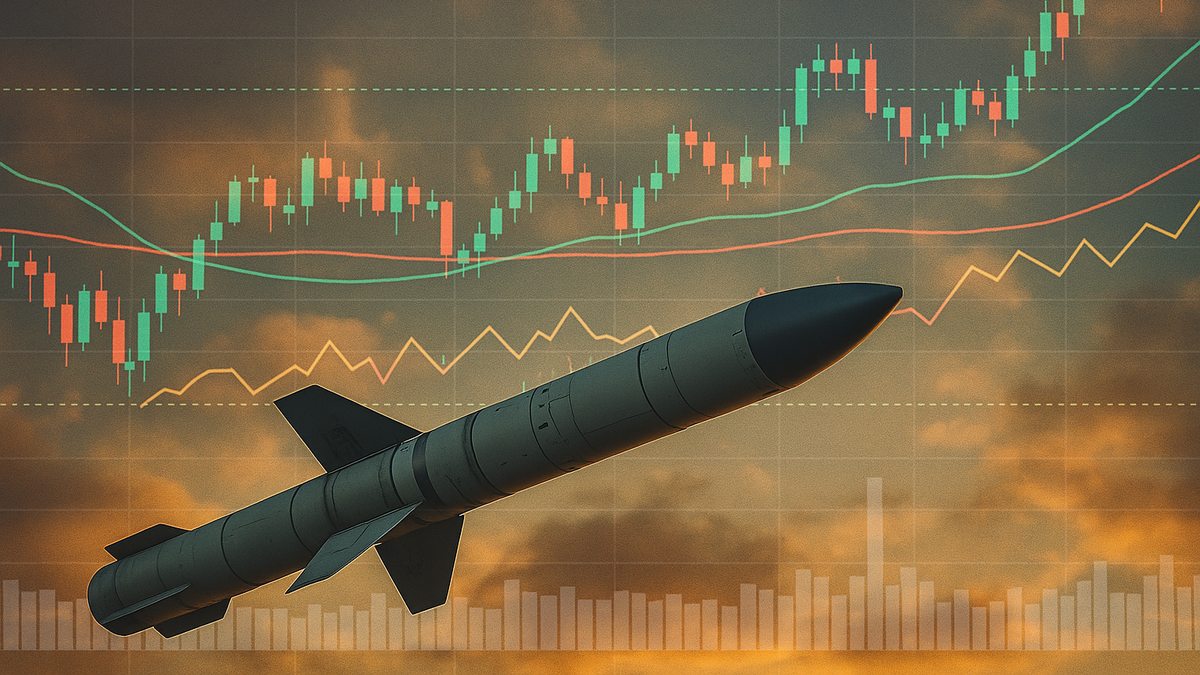Heavy cables are supposed to transport electricity across the entire country – underground and over hundreds of kilometers. The construction work for the route is complex.
Construction work on the Suedlink electricity highway is progressing. The first cables for the route will be laid in the Rotenburg (Wümme) district in Lower Saxony, as the operator Tennet reports. On Tuesday the company will inform about the start of work in the Heeslingen area. In the future, the route will transport green electricity from the windy north to southern Germany.
First cables for electricity highway
A Tennet spokesman said cables had already been laid over a distance of around twelve kilometers. “We are currently at the very beginning of the cable installation and are ramping up activities little by little.” These are the first cables to be installed nationwide for the electricity highway. More than 2,400 meters of cable are to be laid.
According to the company, a trench is first dredged layer by layer. The underground cable is delivered with a heavy-duty truck and lifted into the trench using a winch. As a rule, the cables are installed at a depth of 1.3 to 1.5 meters. At the end, the trench is filled with earth again. If the route crosses railways, roads or rivers, a special drilling method is used to lay the cables.
Electricity for ten million households
The electricity route runs through six federal states: from Schleswig-Holstein via Lower Saxony, Hesse and Thuringia to Bavaria and Baden-Württemberg. Strictly speaking, Suedlink is two electricity connections: They start in Wilster and Brunsbüttel in Schleswig-Holstein, join under the Elbe and only branch out again in southern Germany. One cable ends in Bergrheinfeld in Bavaria, the other in Leingarten in Baden-Württemberg.
The route will ultimately be around 700 kilometers long and supply ten million households with green electricity. Suedlink is intended to transport direct current. Less energy is lost than when transporting alternating current. Converters at the end points of the power line convert direct current into alternating current. After the nuclear power plants were shut down and coal was phased out, Bavaria and Baden-Württemberg in particular are dependent on wind power from the north.
Experts believe the expansion of the power grid is necessary as part of the energy transition. In the past, citizens’ initiatives and action alliances had repeatedly expressed concerns about the megaproject and threatened to sue. Among other things, they fear negative impacts on agriculture and the environment.
First electricity from the end of 2028
The north-south route was originally supposed to be ready by 2022. According to current planning, the first electricity could flow at the end of 2028. The Tennet spokesman emphasized that the schedule was ambitious but realistic. Tennet is responsible for planning and construction in the north of the country, while TransnetBW is responsible for central and southern Germany.
The planning and approval processes are lengthy because the power cables run through private property and fields, among other things. The lines now have to be laid underground – sometimes under rivers, highways and infrastructure. Some roads need to be reinforced so that heavy construction vehicles can pass everywhere. A separate Elbe tunnel is being built for the route near Glückstadt near Hamburg, and another section will be laid 200 meters underground in a salt mine near Heilbronn.
The impact on electricity prices is still unclear
When laying underground cables, there is less interference with the landscape than with electricity pylons, but it does cost a lot of money. According to their own information, the operators expect around ten billion euros.
It is unclear what the future commissioning of Suedlink will mean for electricity prices. What is certain is that the costs of the project will be passed on to network fees over decades and thus end up with consumers. At the same time, the new route is intended to prevent bottlenecks in the electricity supply – which saves money. In the best case scenario, no additional electricity needs to be purchased nor additional power plants need to be started up. Fewer bottlenecks put less strain on your wallet.
Source: Stern




